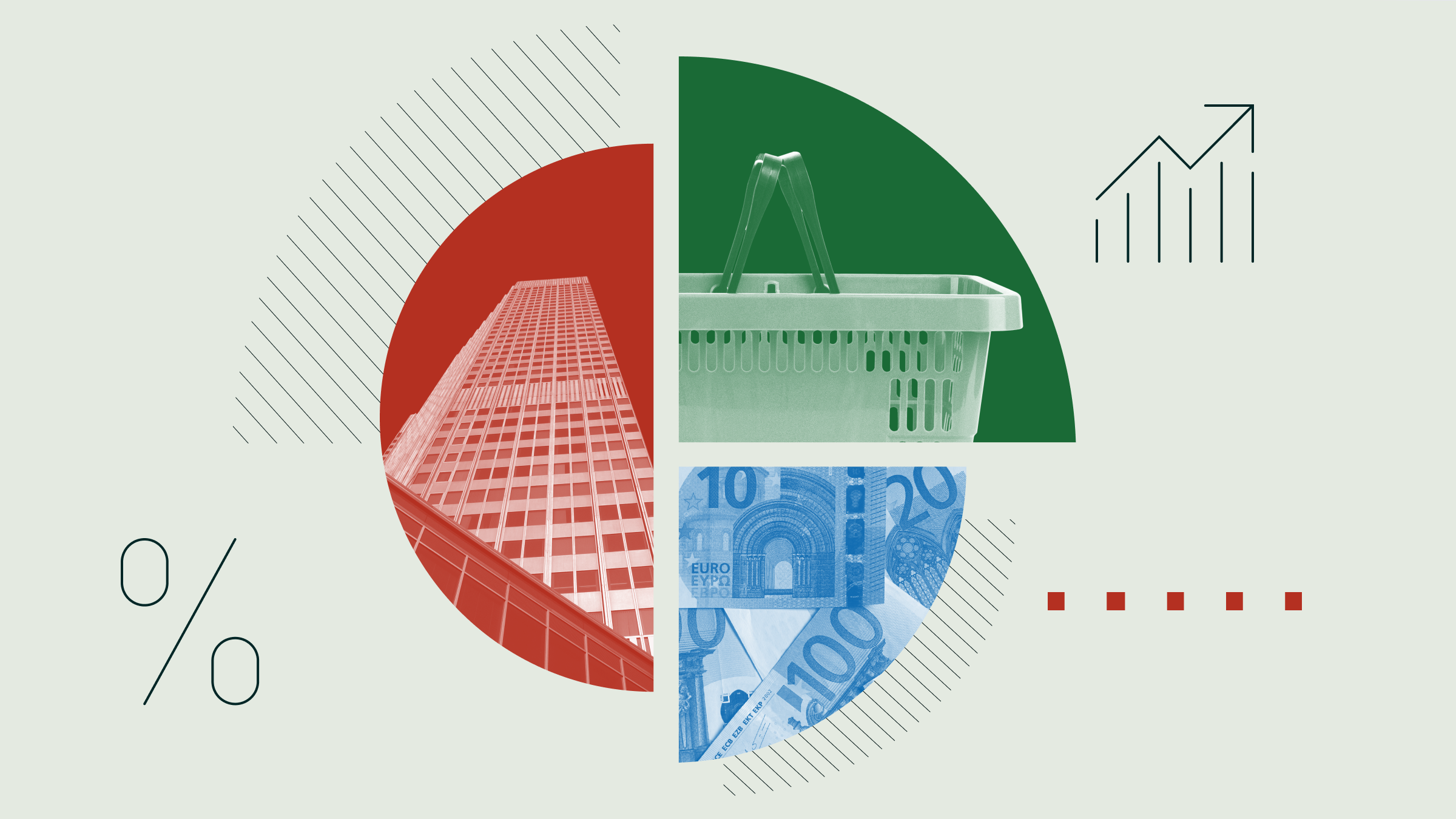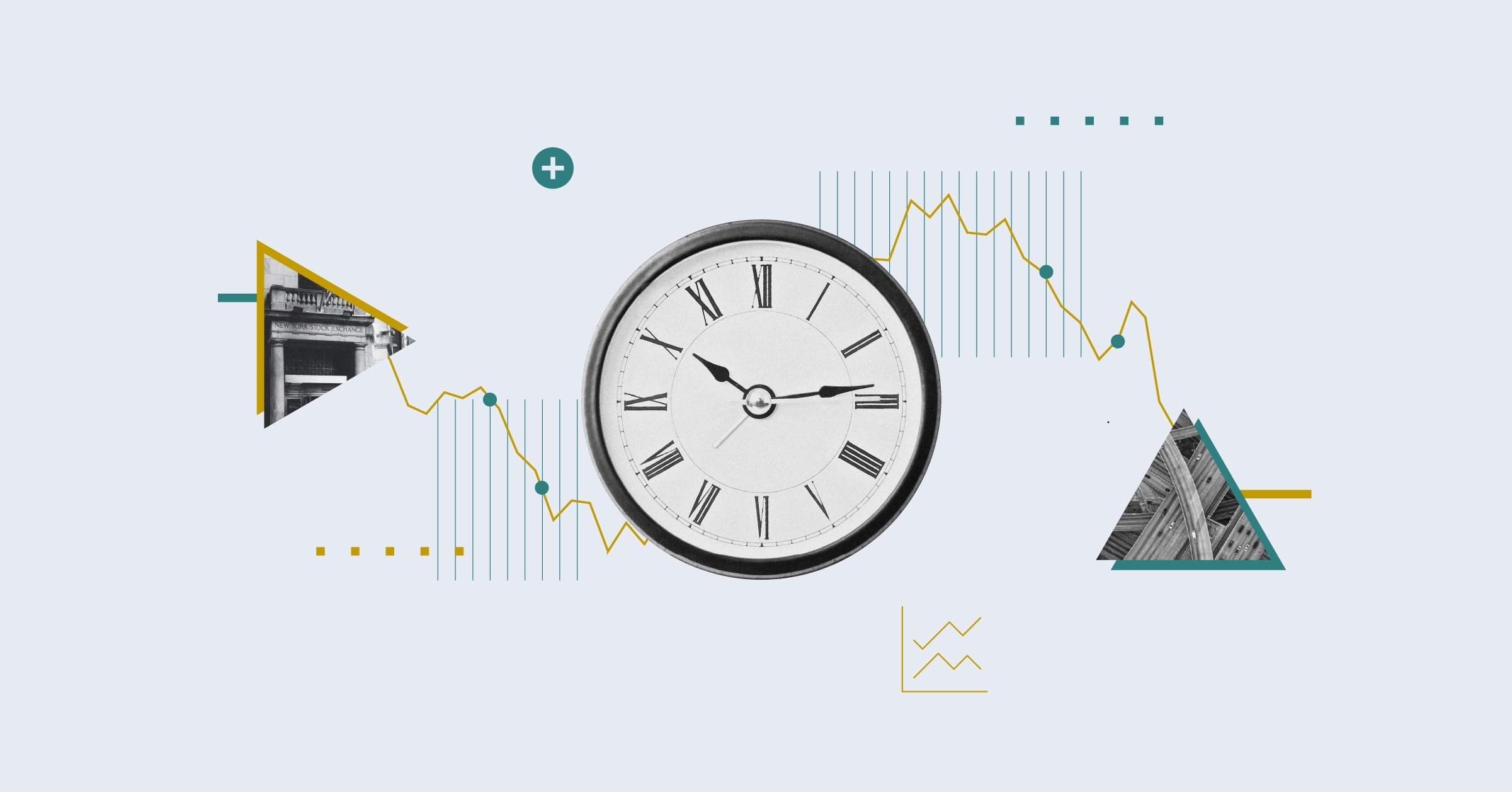Rolle im Portfolio
The UBS ETFs plc - CMCI Composite SF UCITS ETF provides investors with low-cost broad-basket futures-based commodity exposure. Because of the volatile nature of commodities as an asset class, this ETF is best deployed as a satellite or small core holding within a diversified portfolio.
By tracking a commodity broad-basket index, this ETF offers the advantage of diversification within the commodity asset class. That said, investors should take note that because of its weighting methodology, the energy and agriculture sectors combined account for 60% to 65% of the total exposure gained through the reference index.
Broad-basket exposure to commodities has traditionally been considered an excellent source of portfolio diversification, exhibiting low correlations with bonds and stocks. In line with Modern Portfolio Theory, adding this exposure to a stock and bond portfolio has historically produced lower volatility and increased risk-adjusted returns. That said, recent years have seen a notable increase in correlations with the major equity and bond markets, which peaked in the face of the market turmoil in 2008.
Though their portfolio diversification benefits are increasingly questionable, commodity baskets may be used as a portfolio hedge against rises in unexpected inflation.
With the underlying index reflecting the return on commodity futures contracts, it is important to understand the risks associated with the futures market, and not least the phenomenon of contango. Contango occurs when a commodity's futures price is higher than its expected spot price. In this scenario, even if the spot price of a commodity is rising, investors could lose money. That said, the index attempts to mitigate the impact of contango by holding contracts across the full maturity spectrum of the futures curve.
Fundamentale Analyse
Energy commodities make up around a third of the reference index. Since the summer of 2014, prices of crude-oil and natural gas have tumbled more than 50% in response to dramatic changes in global supply and demand. The discovery of new oil sources, primarily those in the United States, coupled with a decision by OPEC to maintain output have seen global oil supply surge. Meanwhile, a slowing in global growth, particularly in energy-intensive emerging markets like China, has helped temper demand for energy. Like other commodities, crude-oil is subject to supply shocks, which can result in extreme price spikes. As crude-oil is sourced in some of the most politically volatile and geographically remote regions in the world, such as the Middle East, it is particularly susceptible to supply disruption.
Long-term demand for agricultural commodities is driven by fundamental factors such as population growth and the production of bio-fuels. The World Bank estimates the global population will increase by approximately 2 billion from current levels to 8.9 billion by 2050, which, ceteris paribus (all else held equal), would drive an increase in global demand for agricultural commodities. In addition to food and livestock feed, corn, and soybeans are used in the production of biofuels.
Historically, developed nations had been the primary consumers of industrial metals, putting them to use in building infrastructure and improving industrial machinery. However, in the past half-decade, demand from China and other emerging markets has been the single most significant driver for metal prices. In these countries, metals are used primarily as inputs to the construction and manufacturing industries. Even factoring in a tapering of Chinese growth, the fundamental investment thesis underlying the long-term prospects for industrial metals remains strong. As emerging economies continue to urbanise and discretionary income rises, demand for industrial metals can be expected to rise in response.
Demand for gold stems primarily from its use as a precious metal (for example, jewellery) and as an investment. Gold has historically been relied upon as a store of value in times of uncertainty and maintains an almost mythic attraction for investors to this day. In the 10 years between 2001 and 2011, the price of gold rose more than six-fold, fuelled by a weak dollar, rising inflation, and widespread economic uncertainty following the 2008 global financial crisis. Since 2011, prices have tumbled in the face of globally low inflation, rallying stock markets, and a relatively strong US dollar. If, as anticipated, these macroeconomic conditions persist, the short-term outlook for gold looks bleak.
Indexkonstruktion
The UBS-Bloomberg CMCI Composite index is composed of futures contracts traded on 27 commodities across five sectors, which have been selected for their economic significance and liquidity. The index offers a unique take on traditional broad commodity futures exposure. Typically, traditional commodity futures indexes track front-month futures contracts, which make these indexes especially susceptible to losses in the face of changes in the slope of its component commodities' futures curves. Depending on the slope of the futures curve, the return of a long futures investment will be impacted by the roll yield generated when contracts are sold and repurchased. Instead of holding front-month contracts only and rolling every month, the CMCI Composite is diversified across a range of liquid maturities for each commodity and rolls daily to achieve a constant maturity. The index can hold up to five maturities for a given commodity; three-month, six-month, one-year, two-year, and three-year. The index is reconstituted semiannually. The index's weightings are based on production information and liquidity, which are weighted using a 2:1 ratio, respectively. The index maintains sector exposure to energy (approximately 36%), agriculture (~28%), industrial metals (~24%), precious metals (~6%), and livestock (~4%). At the time of writing, Brent crude-oil and copper each represent around 9%, with light crude-oil and soybeans the next largest, contributing 8% and 6%, respectively.
Fondskonstruktion
The ETF uses synthetic replication to provide exposure to the UBS-Bloomberg CMCI Composite Index combining unfunded and funded swap structures in a ratio that can change over time. Under the terms of the swaps, counterparty UBS AG agrees to provide the fund with exposure to the total return of the underlying index, net of any associated taxes, costs, or fees. As of writing, the fund held a portfolio of assets accounting for 80.97% of the fund's net asset value and a fully funded swap for the remaining 19.03%. UBS provides full transparency on the portfolio assets and the collateral backing the funded swap. At the time of writing, the portfolio assets consisted of European and Japanese blue-chip equities from a diverse set of industries. Collateral consists entirely of bonds, approximately 95% are government bonds and the other 5% supranational bonds, such as those issued by the European Central Bank and the European Bank for Reconstruction and Development. The exposure to counterparty UBS AG is monitored daily by the collateral manager, Lantern, the portfolio manager and the fund's custodian, State Street Bank. UBS aims to maintain all swap counterparty exposures collateralised at 105% at the end of each business day. Collateral is held via transfer of title in a segregated account with the fund's custodian State Street Bank. The fund does not engage in securities lending.
Gebühren
The fund charges a TER of 0.45%, which is average for nontraditional broad-basket commodity ETFs. At the time of writing, there was an additional cost of 0.55% associated with the swap. In this circumstance, the annual cost of holding the fund can be estimated at 0.99%. Should either the TER or the swap cost change, we can expect the annual holding cost to move accordingly. On top of these costs, ETF investors will typically be charged trading costs, including bid-offer spreads and brokerage commissions, when buy and sell orders are placed for ETF shares.
Alternativen
Investors have no shortage of choice when it comes to broad-basket commodity ETFs. In considering different products, an investor should look at the construction of the underlying indexes, and specifically the differences in sector exposure and rolling methodology.
Investors seeking an alternative that utilises a traditional rolling methodology could consider the Lyxor Commodities CRB ETF. This fund tracks an index that weighs commodities by their perceived economic significance, trading frequency, and historical return contribution to the commodities space. At the time of writing, the estimated holding cost for this fund was 0.50% (TER of 0.35% plus a swap cost of 0.15%).
UBS also offers this ETF in multiple currency denominations--US dollar, euro-hedged, and Swiss franc-hedged--for those wishing to assume or eliminate currency risk from their investment.

















